Ever since the rise of Disneyland, Orlando has garnered a reputation of being a city filled with attractions. Across the world, children attempt to persuade their parents to go to the famed theme parks. To these innocent children, an opportunity to see Mickey Mouse is a dream come true. However, most of these children do not realize that this apparent dream could easily become a nightmare.
According to the Orlando Sentinel, Central Florida has become a huge hub for the trafficking of children. Under the fabricated and artificial wonderland, dwells a dark world of abuse, manipulation, and pain.
When people discuss slavery, they have a tendency to refer to the atrocity in the past tense. Unfortunately, the crime of slavery never died. Instead, it evolved into another form.
Human trafficking is commonly known as the illegal movement of people, typically for the purposes of forced labor or sexual exploitation. In the shadows of the black market, the exploitation of human beings has grown into a colossal network. According to the International Labor Organization, there are 20.9 million victims of human trafficking globally, including 5.5 million children.
Naturally, the immense circulation of literal human capital has led to a notoriously lucrative industry. The Polaris Project, the premier research think tank for human trafficking issues, estimated that this particular industry generated more than 32 billion dollars in 2013 alone. In short, human trafficking is highly profitable and extremely attractive to criminal organizations.
However, often when simply reading these statistics, we synthesize these numbers into just a series of digits. We forget that all these statistics are the abused lives and lost hopes of innocent people. Truly, by dissociating ourselves through the abstraction of these concrete cases, we all tend to represent human trafficking as a huge problem that it is unsolvable.
This is the wrong approach to take. Modern day slavery needs to be treated as what it is- the exploitation of vulnerable people. When we think of the issue this way, it transforms from an impossible enigma to a moralistic duty. Certainly, solving this atrocity will be a difficult task. Yet, it is an obligation to help those who can’t help themselves.
If we hope to solve this dilemma, it is critical that we understand all its elements. The elements of human trafficking can be summed up to the means, the act, and the purpose.
First, the act consist of what is done to the victim. Even though victims of trafficking may end in very different places, the process is always quite similar. A person is forcefully moved from a familiar location to an unfamiliar one.
In a situation described by the Human Rights Watch in 2012, thousands of Thai girls are transported to Japan annually to become escorts in the black market run by the Yakuza. Nonetheless, trafficking doesn’t have to be international. For example, in the case of the fourteen-year-old escort that “works” on Orange Blossom Trail, her life was dramatically changed in just a few miles.
Second, the means of the process describe how the crime is committed. Unlike the act, the means of human trafficking can be wildly diverse. According to the United Nation’s Office on Drugs and Crime, traffickers promise high-paying jobs, a loving relationship, or new and exciting opportunities. In other circumstances, they may simply kidnap the victims. An especially depressing instance of human trafficking is the one currently affecting the state of Andhra Pradesh in India. Within this state, there is a prevalent problem of parents selling their own children into slavery in order to pay their debts to local gangs.
Third, the purpose encompasses why this horrifying exploitation happens. For this specific element, the answer is very simple. Undoubtedly, some human trafficking is done for sex trafficking(CNN), some for forced labor(Wall Street Journal), and some for the extraction of organs(Washington Post). However, always, the underlying motive is money.
According to the Polaris Project, there are two primary factors driving the spread of human trafficking: high profits and low risk. Like drug and arms trafficking, human trafficking is a market-driven criminal industry that is based on the principles of supply and demand. The fact is that demand for slaves is still extraordinarily high, leading to impressive profits. Also, governments have mediocre legislation in effect to prevent against the crime, resembling minimal risk. Thus, the profits correlate.
From a policy perspective, all these separate elements can be combatted. For the issue of the transportation of these people , tougher regulations on illegal immigration can be placed and more support for local police departments(so that they can bust the trafficking rinks) can be implemented. For the matter of the methods of these traffickers, more development and aid can be provided to regions where human trafficking prospers. Finally, for the affair of the purpose of the crime, the profits of these syndicates can be attenuated by passing more effective legislation against these organizations. Sadly, in many countries, human trafficking is not even a crime.
Obviously, all of the options I presented are basically impossible for a Trinity student to achieve. Yet, perhaps, the most important way we can all help stop these regular atrocities is by spreading awareness of the issue. Unfortunately, most people don’t even realize that there are individuals still living in slavery.
By merely informing somebody, you are joining the effort to end this problem. Also, by donating to charities, such as the Red Cross, the Polaris Project, and the Greater Orlando Human Trafficking, you can help fight contemporary slavery locally and internationally. Whatever path you take, it is absolutely necessary to get involved. As long as people live in bondage within our borders, the description that we pride ourselves in having, “the land of the free,” is compromised.
According to the Huffington Post, shockingly, there are more slaves in the world today than ever before in history. Back in the 19th century, when we fought against a different version of slavery, those who stood against this sin joined the abolitionist movement. In 2015, the job is far from done. It is time to become modern-day abolitionists.
The Haunting Reality of Human Trafficking
May 5, 2015
Categories:
0
Navigate Left
-
UncategorizedCommentaaron
-
 UncategorizedNothing To Laugh At
UncategorizedNothing To Laugh At -
UncategorizedCommentaaron
-
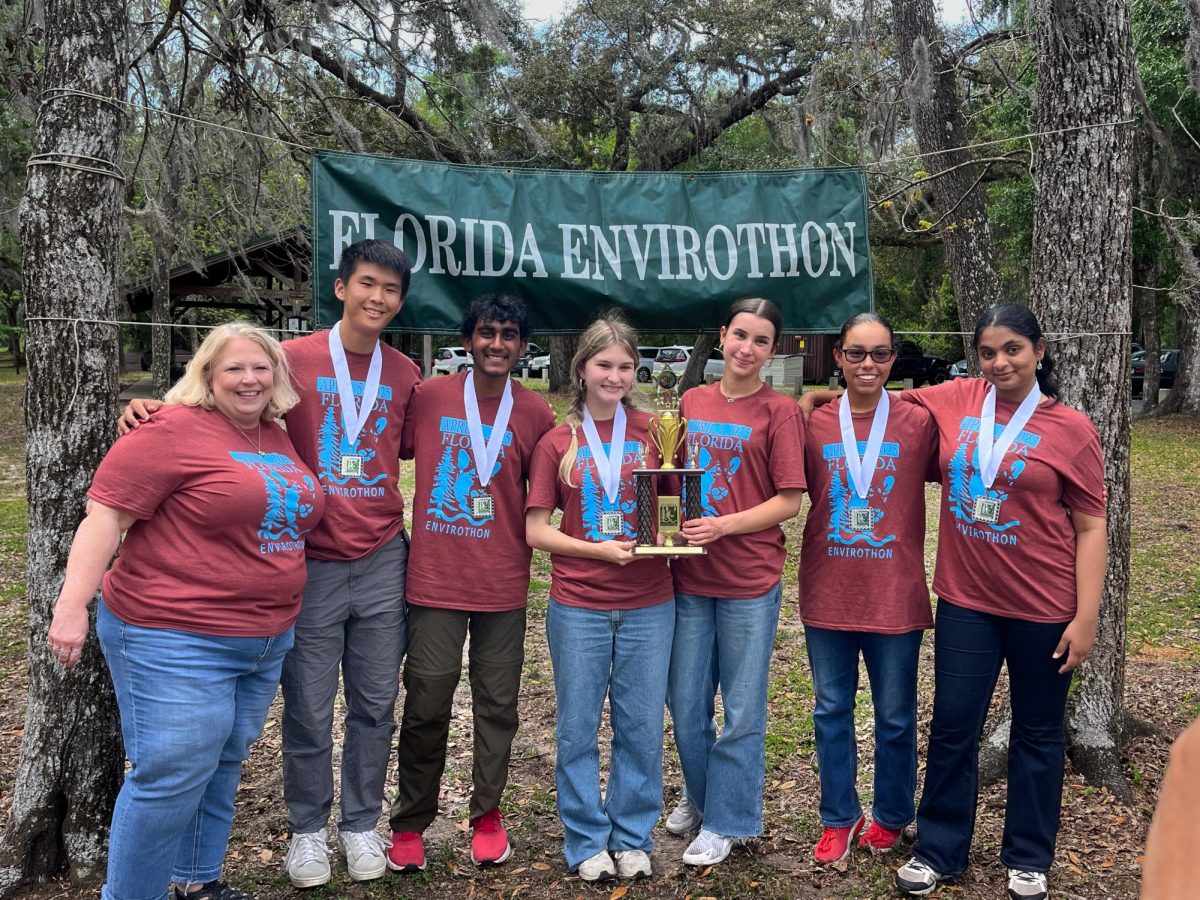 UncategorizedSkinks Soar to Third at State Envirothon
UncategorizedSkinks Soar to Third at State Envirothon -
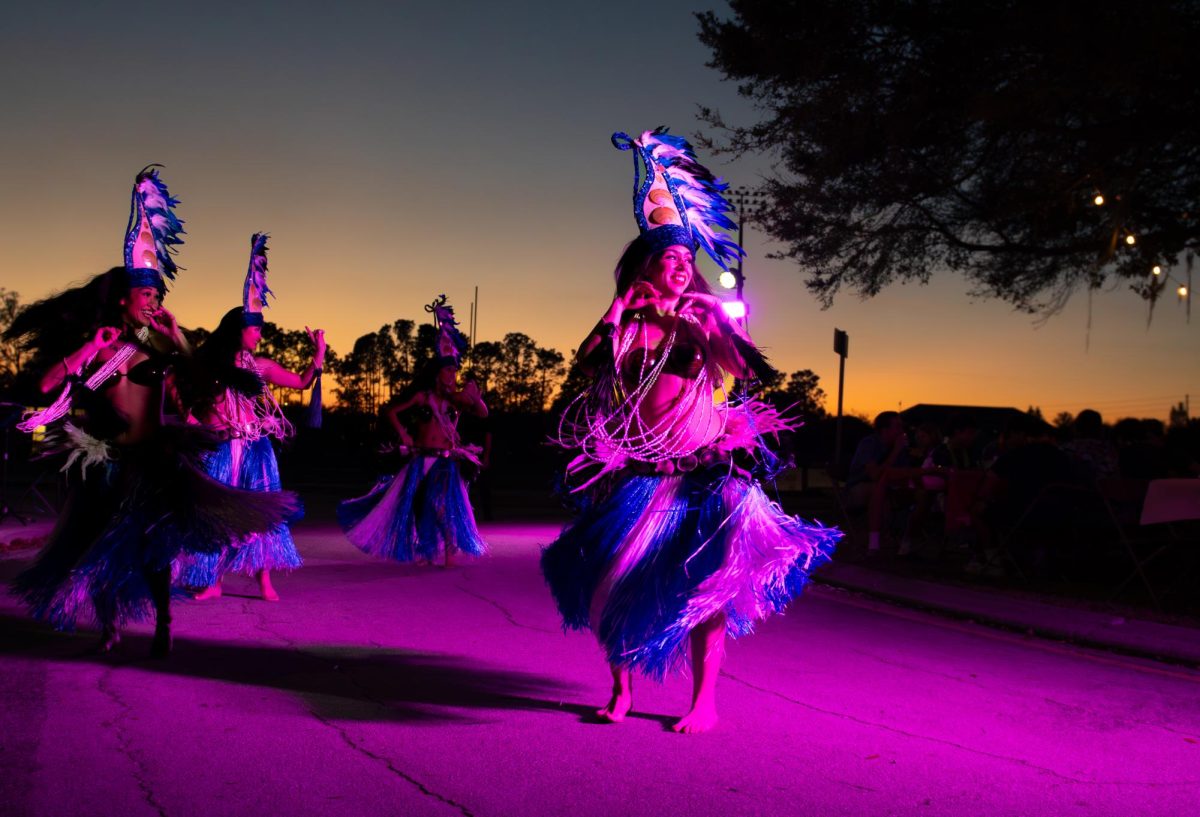 UncategorizedLuau Night
UncategorizedLuau Night -
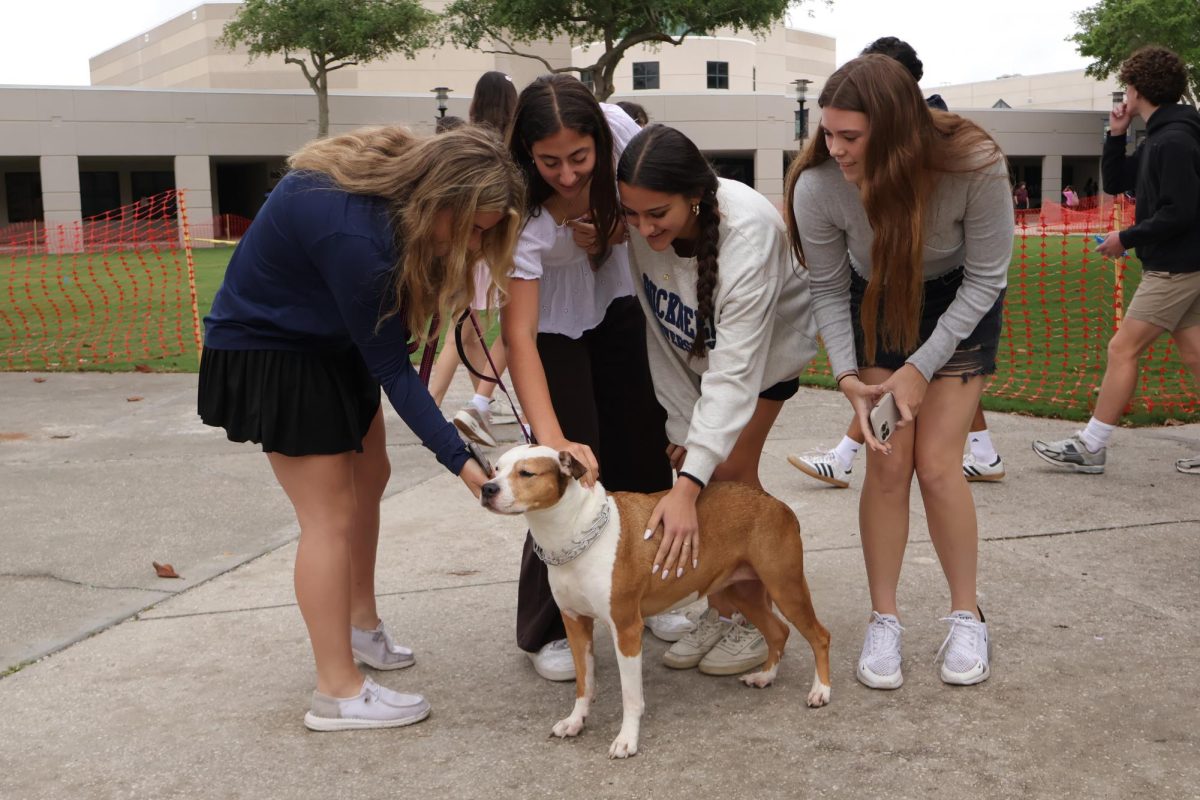 UncategorizedSenior Dog Day
UncategorizedSenior Dog Day -
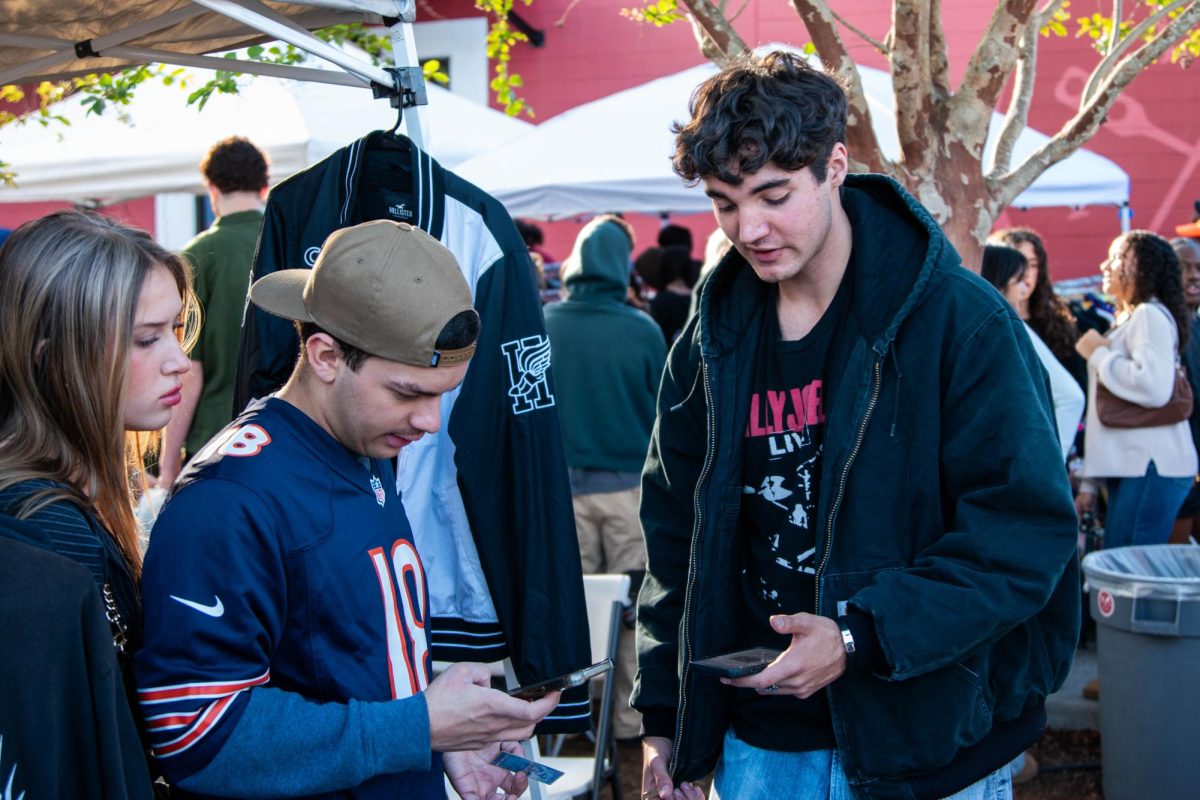 UncategorizedBeyond Hustle Culture
UncategorizedBeyond Hustle Culture -
 Uncategorized"Shots" Unraveled
Uncategorized"Shots" Unraveled -
 UncategorizedA Virtual Crisis
UncategorizedA Virtual Crisis -
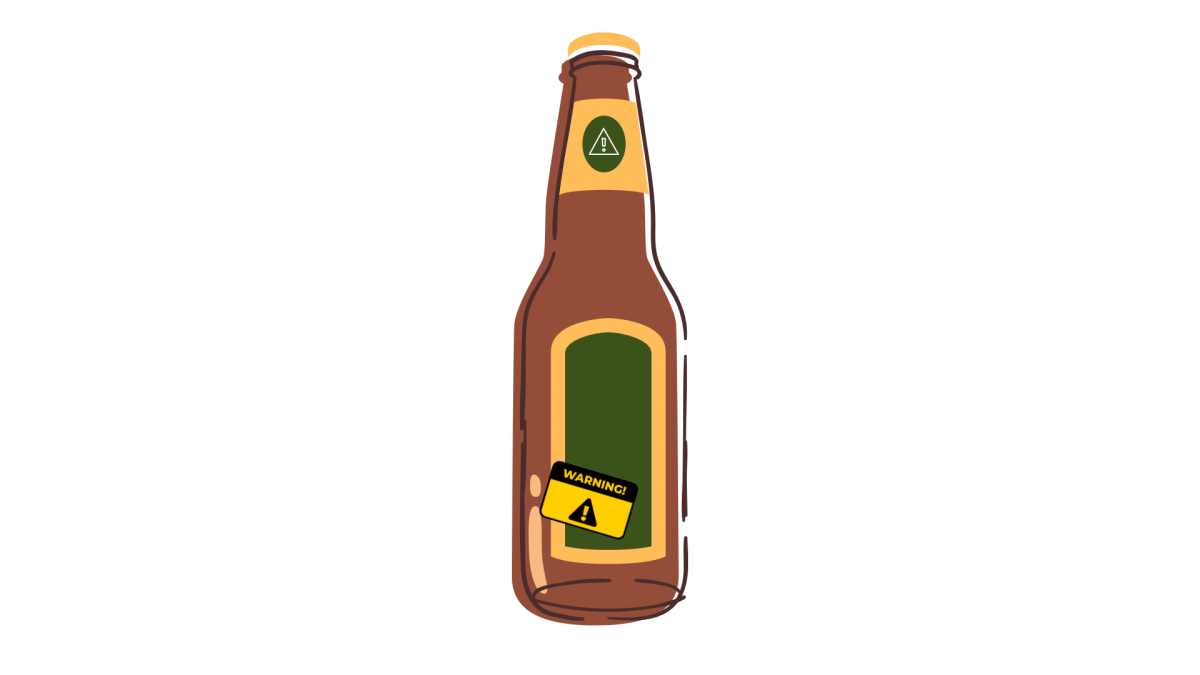 UncategorizedParty Drink to Cancer Link
UncategorizedParty Drink to Cancer Link
Navigate Right


